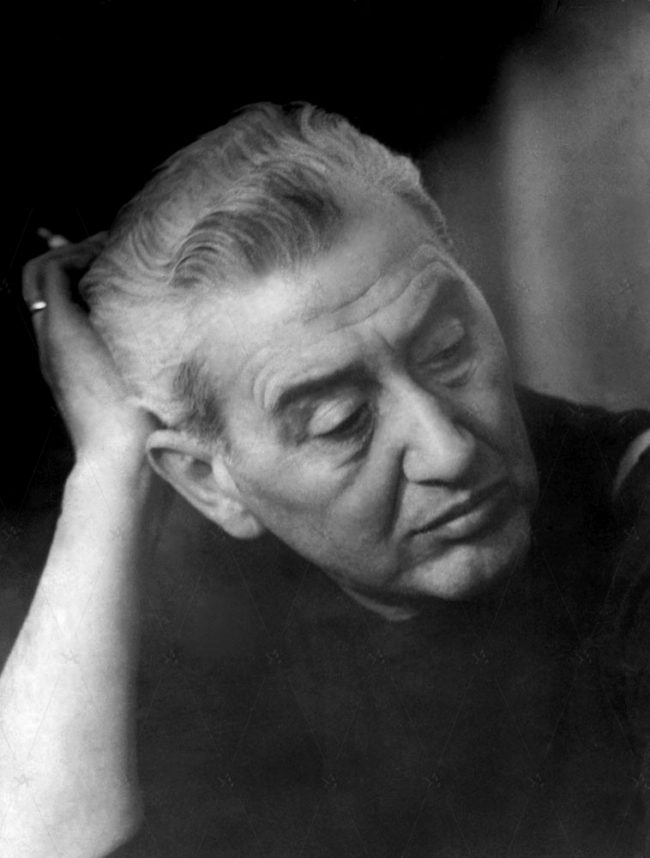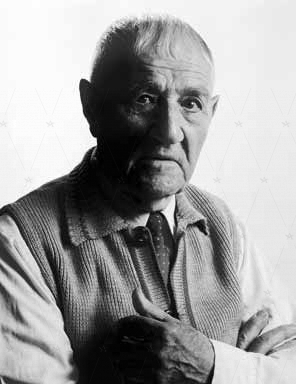Georgi St. Georgiev
Born in Kazanlak. He published three monographs: “Photography and Military Science”, “Application of Photography in Archaeological Research” and “Forensic Investigation and Photography”. He took some of the first aerial photographs during the Balkan War of the siege of Edirne, and during the First World War – the first airborne images of the city of Thessaloniki. In 1920, he founded the Bulgarian Photo Club in Sofia, of which he was the Honorary Chairman for many years. He won numerous medals, honorary diplomas and distinctions from a number of prestigious international competitions. He organized over 30 photography contests in Bulgaria. Georgiev published dozens of articles in Bulgarian and foreign magazines. In 1950, on his initiative, the first State College of Cinematography and Photography was established, at which he was the director and teacher. In 1953, he started photo publications in Bulgaria with the unique edition of “Photovesti” and organized the first national exhibition of art photography. NUDE The photographs of Georgi St. Georgiev from the “Nude Photography” collection should be observed with a broader view to perceive their contribution to the transition of our native culture from traditional to modern, as Georgi St. Georgiev is probably the most typical representative of modernism in Bulgarian photography before the Second World War. And it is not by chance that he turned the naked body into his subject, because it has the potential to break down stereotypes and go beyond taboos, which is the aim of the modernists. In order to accept the provocation of traditional morality, however, nudity must be freed and drawn away from naturalistic appearances and transformed into an artistic fiction with distinct symbolic overtones. The nude images of the photographer in the 1930s communicate both ethical and aesthetic rebellion, which in modern art coincide.
NudeAllNew GalleryOthersAllNew Gallery






